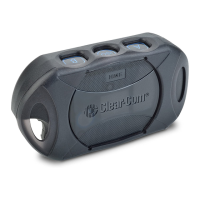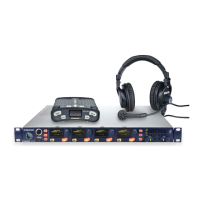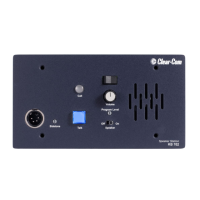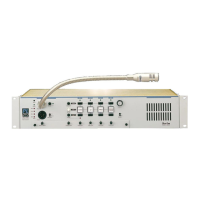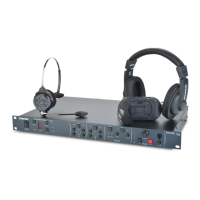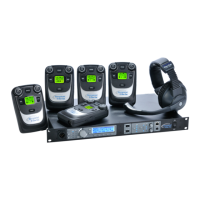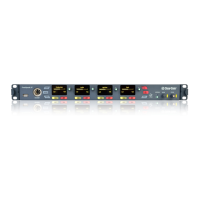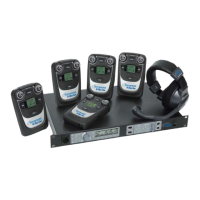User Guide| LQ Series 4.0
15 Agent-IC and LQ
Use Agent-IC (version 2.0 or later) to connect a mobile user to your intercom
system. Agent-IC connects directly to an LQ unit. Once connected to LQ, Agent-IC
is also available to the HelixNet system or any other ports on the LQ device.
Each LQ-R unit supports up to 24 ports: 8 hardware ports, 8 SIP ports and 8 virtual
ports. Agent- IC and IVC ports are considered 'virtual ' ports. Virtual ports can be
used in any combination up to 8 in total.
15.1
Agent-IC Profiles
The Agent-IC client device (phone or tablet) connects to one of two possible a host
systems using a profile. Connect to either:
l An LQ unit or
l An Eclipse matrix.
Each mobile client allows two user accounts per host system: EHX1 and EHX2, LQ1
and LQ2.
Profile credentials are set up in the host system before use.
When you connect with a profile for the first time you need to input your user
credentials (User ID and Password) in Settings. You also need the IP address of
the host unit you want to connect to.
15.2
Agent-IC Roles
Agent-IC uses Roles. A Role is a logical setup that a client (end) device selects from
a set of pre-defined configurations. Roles are used to control setup and reduce
installation time. Each Role can be given a name or label that corresponds to a
common user workflow, for example; Director, Sound, A1. The Role or Roles are
defined in the Roles page of the Core Configuration Manager (CCM).
The Role associated with a User ID can be seen in Settings.
Page 131
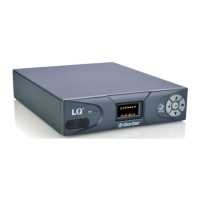
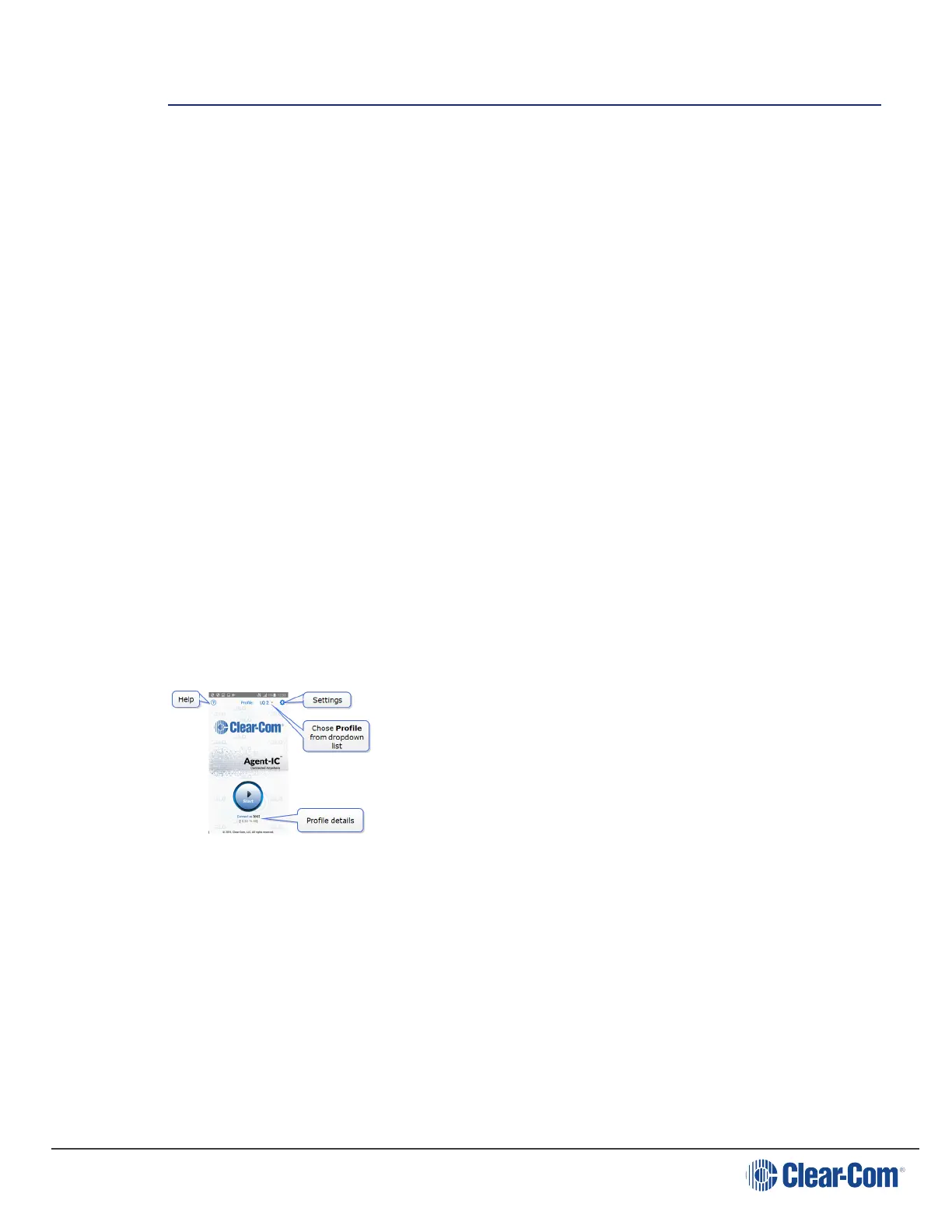